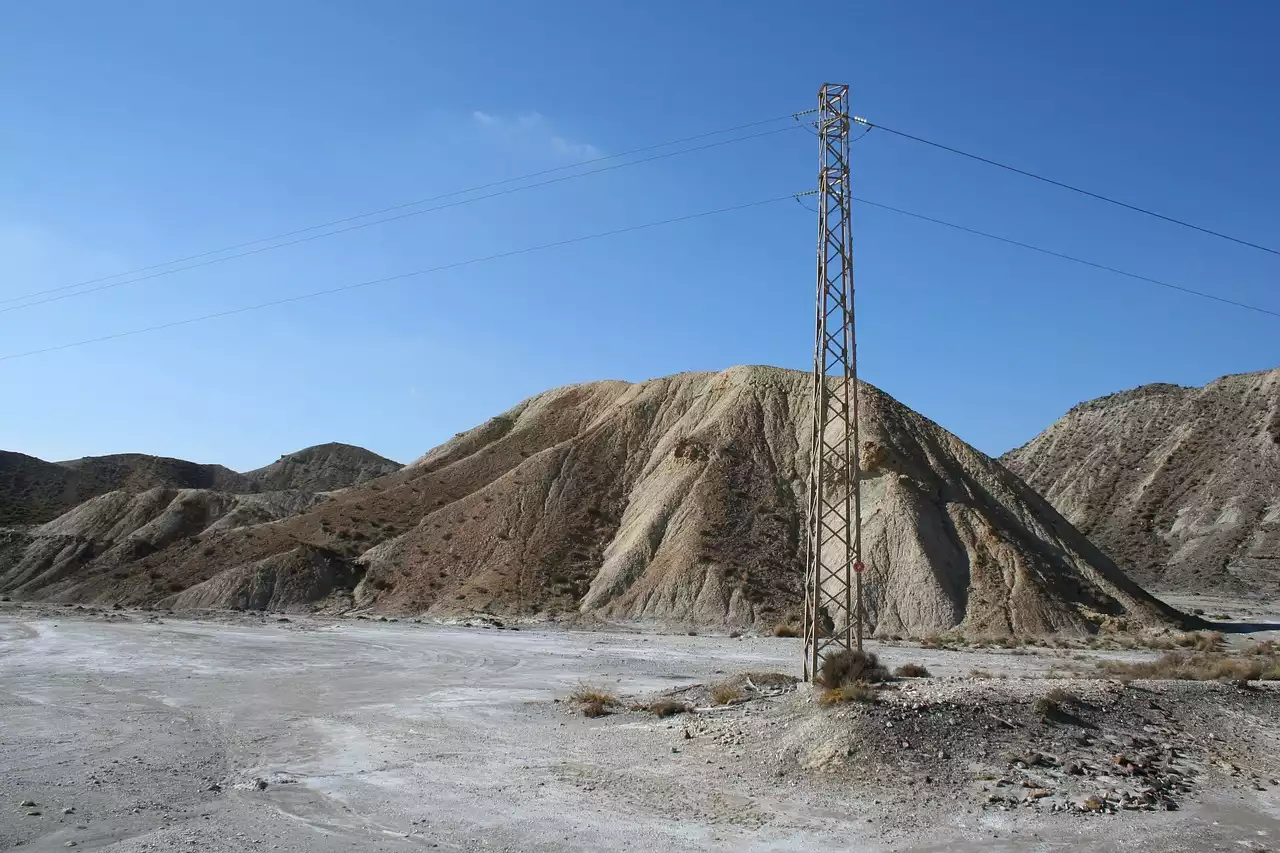When natural gas is produced from the ground, it often contains unanticipated amounts of methane. The unfortunate fact is that methane is a greenhouse gas more potent than carbon dioxide. As a result, using methane as an alternative fuel can actually have a net negative effect on the environment. This article examines whether hydrogen gas could be used as a clean alternative to methane in various industries. Read on to learn more.
What is Hydrogen Gas?
Hydrogen is an important source of clean energy, but it must be produced and used carefully. It is an extremely flammable gas and not safe to store or transport. Hydrogen has the highest energy content of any chemical fuel, meaning that it can be converted to useful electricity with high efficiency. Hydrogen gas is commonly used to generate electricity in power plants as well as in hydrogen fuel cell vehicles. Hydrogen can also be used in industry as a feedstock for producing other chemicals, such as ammonia for fertilizer and methanol to replace gasoline in hybrid vehicles.
Where does hydrogen gas come from?
Hydrogen is the most abundant element in the universe. However, on Earth, it is very rare since it is rarely found in its pure, elemental form. Hydrogen gas is primarily obtained from fossil fuels, such as natural gas or petroleum. Hydrogen gas can also be produced from water via electrolysis. Two electrodes are placed in water and an electrical current is applied to split the water molecules into hydrogen and oxygen. According to the U.S. Department of Energy, 90-95% of the world’s hydrogen is produced via the steam reforming of natural gas. Hydrogen gas can also be generated from biomass-derived feedstocks, such as wood and agricultural waste. This type of process commonly uses steam to break down plant matter and generate hydrogen as a byproduct.
How is Hydrogen Gas Used?
Hydrogen gas is used in a variety of industries. The most common uses of hydrogen gas include generating electricity, fertilizer production and transportation fuels. Hydrogen gas is used to generate electricity in power plants that are equipped with hydrogen-fueled generators. According to the U.S. Department of Energy, these combined-cycle plants can generate two-thirds more electricity than natural gas-fired plants. Hydrogen gas is also used to produce agricultural fertilizer. In this process, hydrogen gas reacts with nitrogen in the air to create ammonia fertilizer, a major source of global food production. Hydrogen gas is also used as a feedstock for methanol, a transportation fuel widely used in Brazil and China.
Why is Hydrogen Gas an Environmentally Friendly Alternative to Methane?
Hydrogen gas is a clean source of energy when it is obtained from renewable sources. When produced from non-renewable sources, such as fossil fuels, hydrogen gas has a carbon footprint similar to natural gas. However, when produced from renewable feedstocks, such as biomass, hydrogen has no carbon footprint. When used in place of methane as a feedstock, hydrogen gas has two distinct advantages over its fellow greenhouse gas:
- Unlike methane, hydrogen gas does not react with CO2. This means that it has no net impact on climate change, while methane’s effect is actually positive.
- Hydrogen gas can be recycled. This means that it is a renewable resource that can be cycled through a process again and again.
Manufacturing With Hydrogen Gas
Hydrogen gas is commonly used to produce ammonia, a useful industrial chemical used to make fertilizer. Ammonia is currently produced through an energy-intensive process that uses natural gas as a feedstock. When methane is used for industrial production, there is always the risk of unanticipated methane leaks into the atmosphere. If methane is used as a feedstock for industrial production, the process will have a net negative impact on the environment, since methane is a greenhouse gas that has a greater impact than CO2 on climate change. If a hydrogen gas feedstock is used, however, the process will have no net effect on the environment since the hydrogen can be recycled. Industrial production will remain a major source of hydrogen gas for the foreseeable future.
Agriculture and Food Production With Hydrogen Gas
Hydrogen gas can be used in agriculture as a feedstock for producing synthetic fertilizer. One of the most common methods involves growing bacteria, such as cyanobacteria, in large outdoor ponds, where they consume CO2 and produce organic matter. This organic matter is then converted into hydrogen gas, which can be used as a feedstock for synthetic fertilizer. Hydrogen gas is also used in the food production industry, where it is commonly obtained from methane. One of the most important uses of hydrogen gas in the food industry is in the production of methanol, a liquid fuel that can replace gasoline in hybrid vehicles.
Conclusion
Hydrogen gas is an important source of clean energy, but it must be produced and used carefully. When obtained from renewable sources, it can be converted to useful electricity with high efficiency. Hydrogen gas is also used to produce ammonia, fertilizer and methanol, which can be used as transportation fuels and industrial feedstocks. One of the most important applications of hydrogen gas is as an environmentally friendly alternative to methane, a greenhouse gas more potent than carbon dioxide.


 The Best Dumbphones on the Market
The Best Dumbphones on the Market Snake was the First Mobile Phone App
Snake was the First Mobile Phone App Samsung Galaxy Z Fold 4 Android
Samsung Galaxy Z Fold 4 Android What Type of Gas is Oxygen?
What Type of Gas is Oxygen? Properties and Uses of Xenon Gas
Properties and Uses of Xenon Gas Neon Gas and its Use in Advertising Signs
Neon Gas and its Use in Advertising Signs How Poisonous is Chlorine Gas?
How Poisonous is Chlorine Gas?